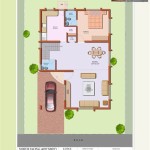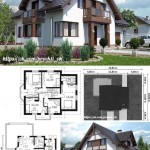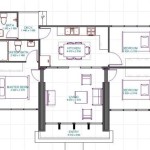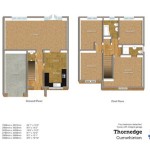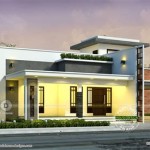Essential Aspects of City Lot Home Plans
Designing a home for a city lot presents unique challenges and opportunities. Compact spaces, building codes, and neighborhood aesthetics must be carefully considered to create a livable and harmonious dwelling. Here are some essential aspects to keep in mind when planning a city lot home:
1. Maximize Space Utilization
City lots are typically smaller than suburban or rural properties, so efficient use of space is crucial. Vertical living is a popular solution, with multi-level homes providing ample living area without compromising outdoor space. Compact floor plans, built-in storage, and multifunctional spaces can also optimize space utilization.
2. Adhere to Building Codes and Regulations
City lot homes must comply with strict building codes, zoning requirements, and neighborhood covenants. These regulations govern factors such as height restrictions, setbacks, and architectural styles. Consulting with local authorities and architects ensures that your home plan meets all necessary requirements and blends seamlessly into the neighborhood.
3. Consider Natural Light and Ventilation
Natural light and ventilation are essential for a healthy and comfortable living environment. City lot homes often have limited access to sunlight due to surrounding buildings. Incorporate large windows, skylights, and courtyards to maximize natural illumination. Proper ventilation systems ensure fresh air circulation and minimize indoor air pollution.
4. Create Outdoor Living Spaces
Outdoor space is a valuable asset in city lot homes. Even small balconies, patios, or roof decks can provide opportunities for fresh air, relaxation, and entertaining. Incorporate these spaces into your design by integrating them seamlessly with indoor areas, creating a sense of flow and openness.
5. Embrace Smart Home Technology
Smart home technology can enhance convenience, energy efficiency, and security in city lot homes. Automated systems for lighting, climate control, and appliances allow for remote control and optimization. Smart locks and security cameras provide peace of mind and keep your home secure.
6. Prioritize Sustainability
Consider sustainable design principles to minimize the environmental impact of your city lot home. Energy-efficient appliances, LED lighting, and renewable energy sources such as solar panels can reduce your carbon footprint and lower utility bills. Water conservation measures like rainwater harvesting and drought-tolerant landscaping are also important.
7. Focus on Aesthetics and Neighborhood Harmony
The appearance of your city lot home should complement the surrounding neighborhood. Research local architectural styles and materials to create a cohesive design that respects the character of the community. Exterior elements like landscaping, fencing, and lighting should also enhance the overall aesthetics.
Conclusion
Designing a city lot home requires careful planning and consideration of unique challenges and opportunities. By maximizing space utilization, adhering to regulations, embracing natural light and ventilation, creating outdoor living spaces, incorporating smart technology, prioritizing sustainability, and focusing on aesthetics, you can create a livable and harmonious dwelling that meets your needs and enhances your urban lifestyle.

Urban Two Story Home Floor Plans Inner City Narrow Lot Design House Layout

Plan De Maison Villa Plans Rêve Architecte

Urban Two Story Home Floor Plans Inner City Narrow Lot Design How To Plan House

Plan 72964da Two Family House For A Narrow City Lot Plans

Small Land House Plan Narrow Lot 4 Bedroom New Design Plans Country

Urban Two Story Home Floor Plans Inner City Narrow Lot Design House Model Plan

Cape Narrow Lot Modular Down East Homes Of Morehead City

16 Floor Plan Inspiration Ideas House Plans How To

Urban Two Story Home Floor Plans Inner City Narrow Lot Design

One Time Free Registration Floorplan Optin Garage House Plans Small Narrow Lot

